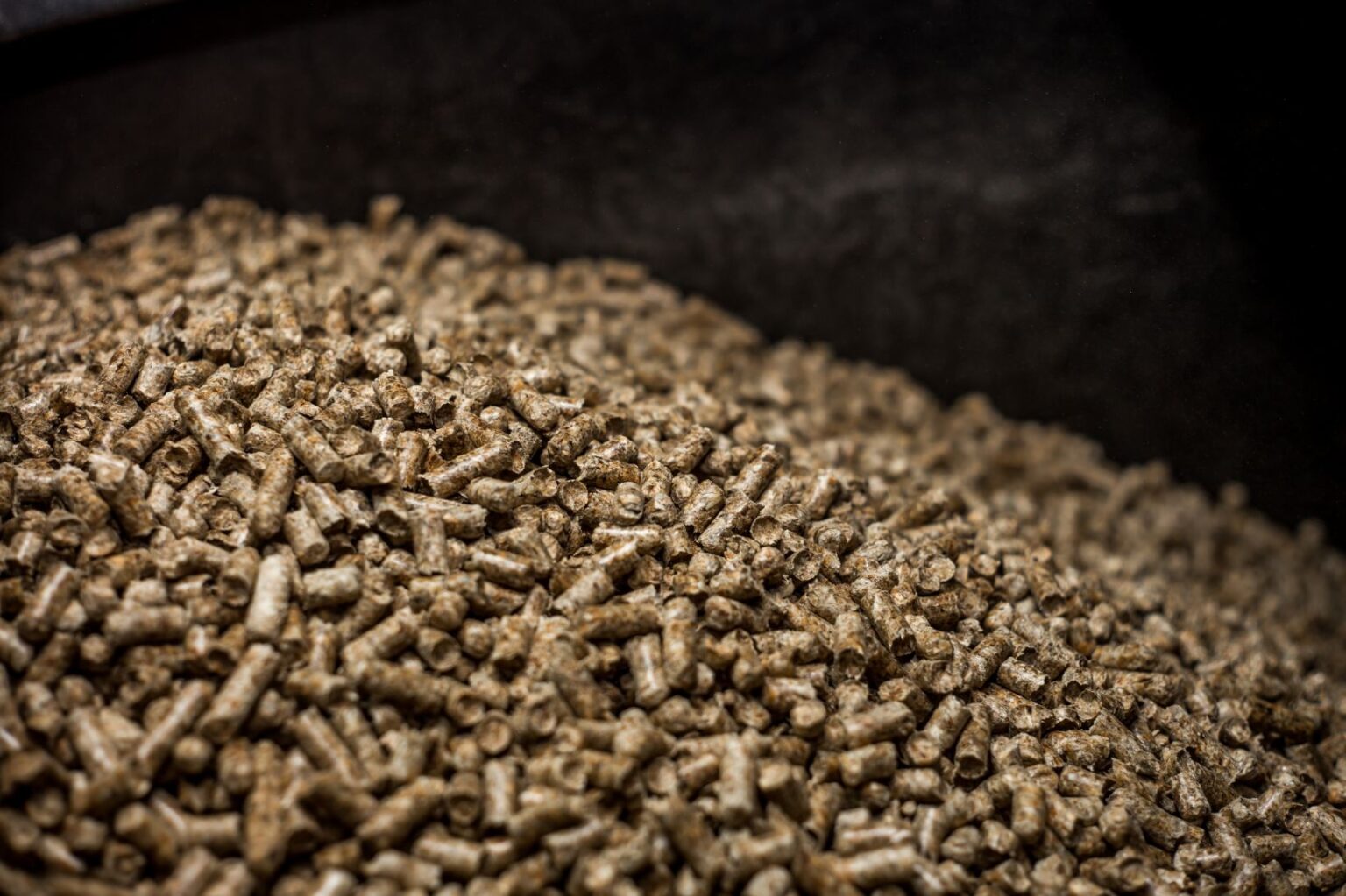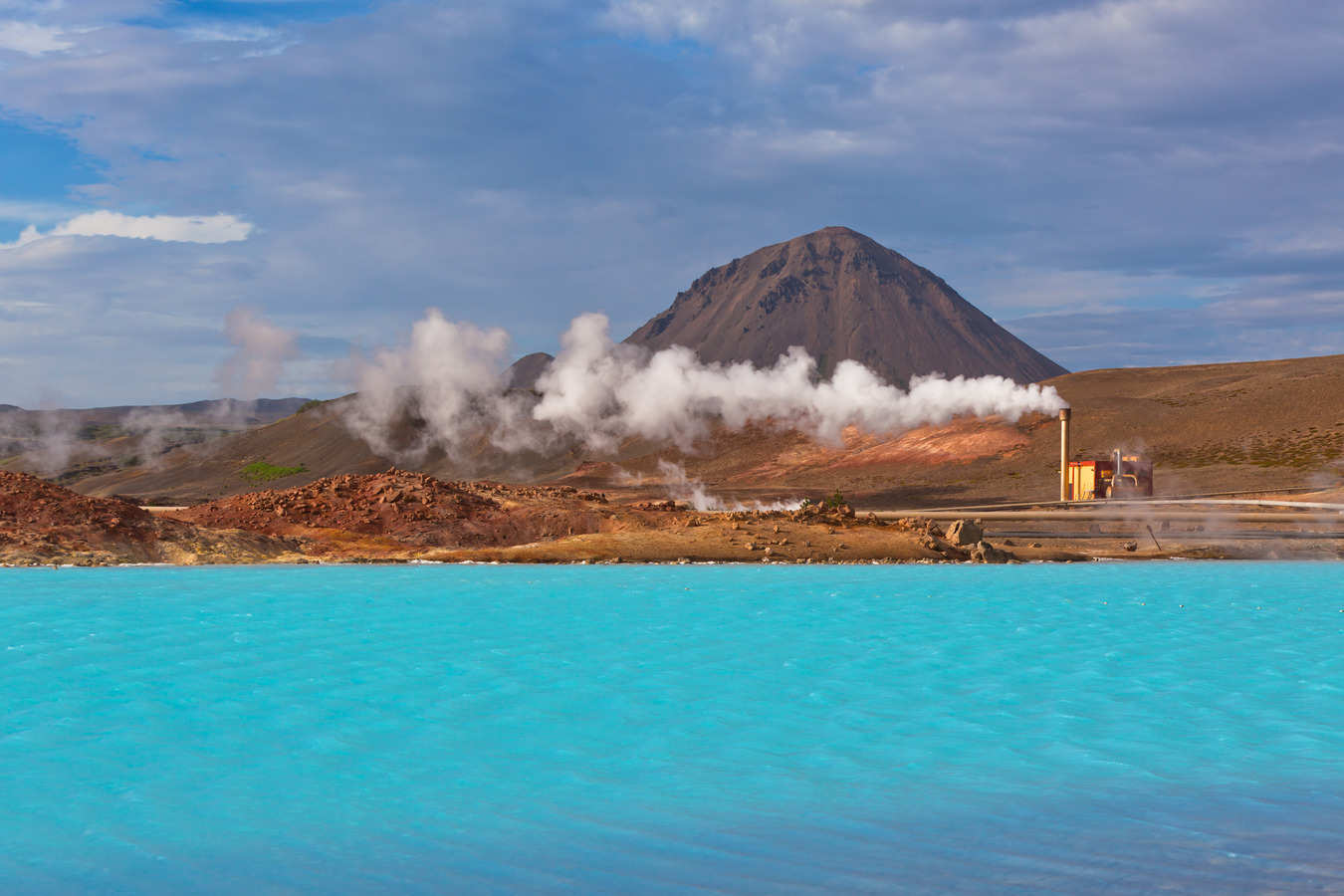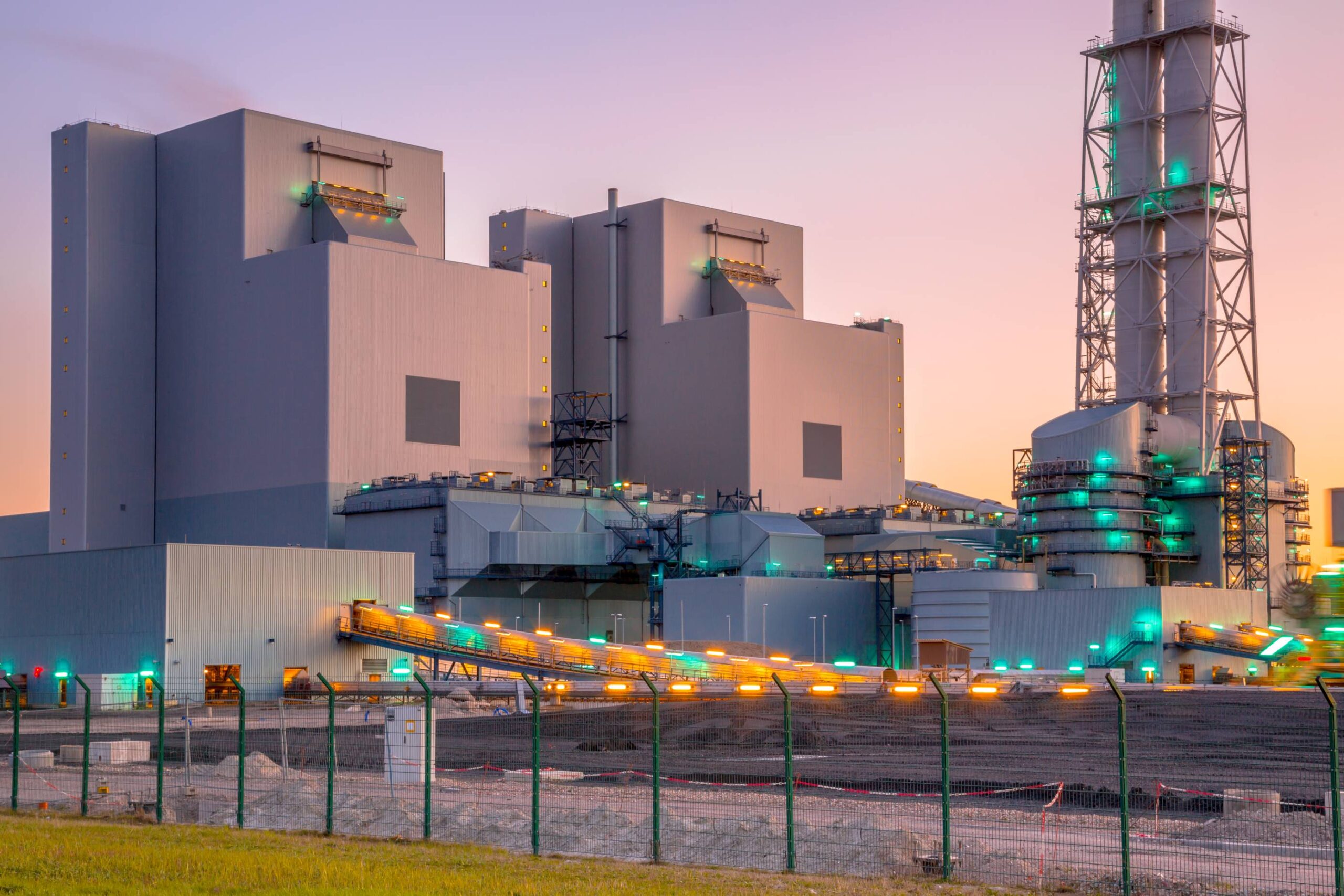Renewable Energy:
The Clean Facts
Wind and solar are powering a clean energy revolution. Here’s what you need to about renewables and how you can help make an impact at home and in your community.

Renewable power is booming, as innovation brings down costs and starts to deliver on the promise of a clean energy future. American solar and wind generation are breaking records and being integrated into the national electricity grid without compromising reliability.
This means that renewables are increasingly displacing “dirty fossil fuels in the power sector, offering the benefit of lower emissions of carbon and other types of pollution. But not all sources of energy marketed as “renewable” are beneficial to the environment. Biomass and large hydroelectric dams create difficult trade-offs when considering the impact on wildlife, climate change, and other issues. Here’s what you should know about the different types of renewable energy sources—and how you can use these emerging technologies in your own home.
Types of renewable resources
- Solar Energy
Solar, or photovoltaic (PV), cells are made from silicon or other materials that transform sunlight directly into electricity. Distributed solar systems generate electricity locally for homes and businesses, either through rooftop panels or community projects that power entire neighbourhoods. Solar farms can generate enough power for thousands of homes, using mirrors to concentrate sunlight across acres of solar cells. Floating solar farms—or “floatovoltaics”—can be an effective use of wastewater facilities and bodies of water that aren’t ecologically sensitive.

Humans have been harnessing solar energy for thousands of years—to grow crops, stay warm, and dry foods. According to the National Renewable Energy Laboratory, “more energy from the sun falls on the earth in one hour than is used by everyone in the world in one year.” Today, we use the sun’s rays in many ways—to heat homes and businesses, to warm water, and to power devices.
Solar supplies nearly 3 percent of U.S. electricity generation (some sources estimate it will reach nearly 4 percent in 2022). But 46 percent of all new generating capacity came from solar in 2021.
Solar energy systems don’t produce air pollutants or greenhouse gases, and if they are responsibly sited, most solar panels have few environmental impacts beyond the manufacturing process.
2. Wind Energy
We’ve come a long way from old-fashioned windmills. Today, turbines as tall as skyscrapers—with turbines nearly as wide in diameter—stand at attention around the world. Wind energy turns a turbine’s blades, which feeds an electric generator and produces electricity.
Wind, which accounts for 9.2 percent of U.S. electricity generation, has become one of the cheapest energy sources in the country. Top wind power states include California, Iowa, Kansas, Oklahoma, and Texas, though turbines can be placed anywhere with high wind speeds—such as hilltops and open plains —or even offshore in open water.
Other Alternative Energy Resources
- Hydroelectric Power
Hydropower is the largest renewable energy source for electricity in the United States, though wind energy is soon expected to take over the lead. Hydropower relies on water—typically fast-moving water in a large river or rapidly descending water from a high point—and converts the force of that water into
electricity by spinning a generator’s turbine blades.
Nationally and internationally, large hydroelectric plants—or mega-dams—are often considered to be non-renewable energy. Mega-dams divert and reduce natural flows, restricting access for animal and human populations that rely on those rivers. Small hydroelectric plants (an installed capacity below about
40 megawatts), carefully managed, do not tend to cause as much environmental damage, as they divert only a fraction of the flow.

2. Biomass Energy

Biomass is organic material that comes from plants and animals, and includes crops, waste wood, and trees. When biomass is burned, the chemical energy is released as heat and can generate electricity with a steam turbine.
Biomass is often mistakenly described as a clean, renewable fuel and a greener alternative to coal and other fossil fuels for producing electricity. However, recent science shows that many forms of biomass— especially from forests—produce higher carbon emissions than fossil fuels. There are also negative
consequences for biodiversity. Still, some forms of biomass energy could serve as a low-carbon option under the right circumstances. For example, sawdust and chips from sawmills that would otherwise quickly decompose, and release carbon can be a low-carbon energy source.
3. Geothermal Energy
If you’ve ever relaxed in a hot spring, you’ve used geothermal energy. The earth’s core is about as hot as the sun’s surface, due to the slow decay of radioactive particles in rocks at the center of the planet.
Drilling deep wells brings very hot underground water to the surface as a hydrothermal resource, which is then pumped through a turbine to create electricity. Geothermal plants typically have low emissions if they pump the steam and water they use back into the reservoir.
There are ways to create geothermal plants where there are not underground reservoirs, but there are concerns that they may increase the risk of an earthquake in areas already considered geological hot spots.

4. Ocean
Tidal and wave energy are still in the developmental phase, but the ocean will always be ruled by the moon’s gravity, which makes harnessing its power an attractive option. Some tidal energy approaches may harm wildlife, such as tidal barrages, which work much like dams and are in ran ocean bay or lagoon. Like tidal power, wave power relies on dam-like structures or ocean floor–anchored devices on or just below the water’s surface.



